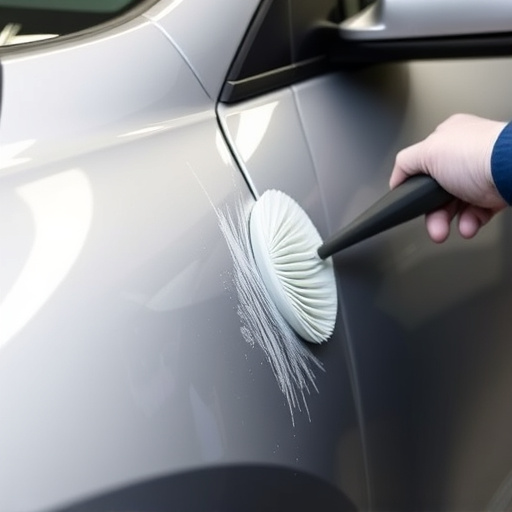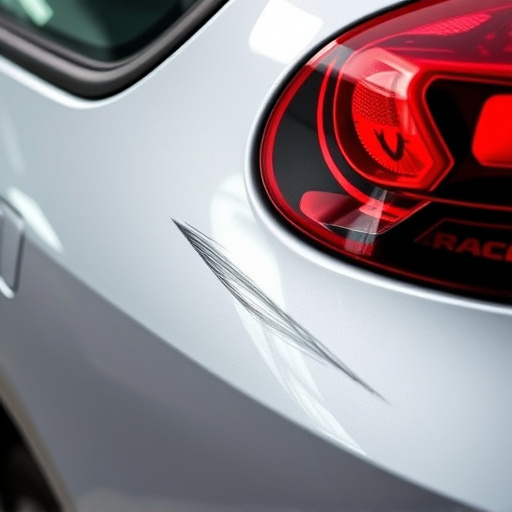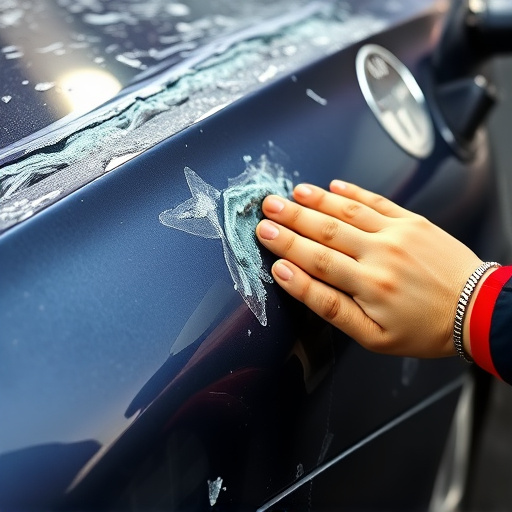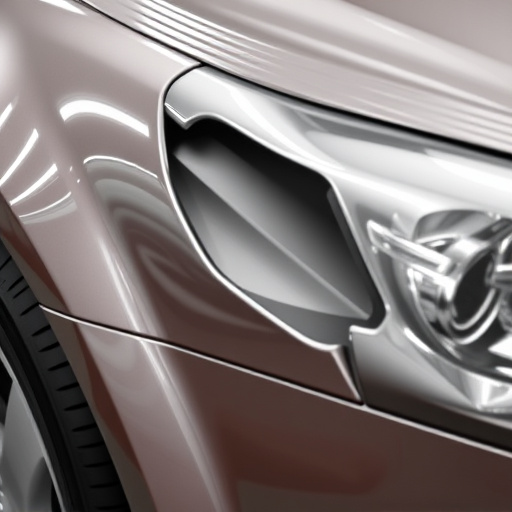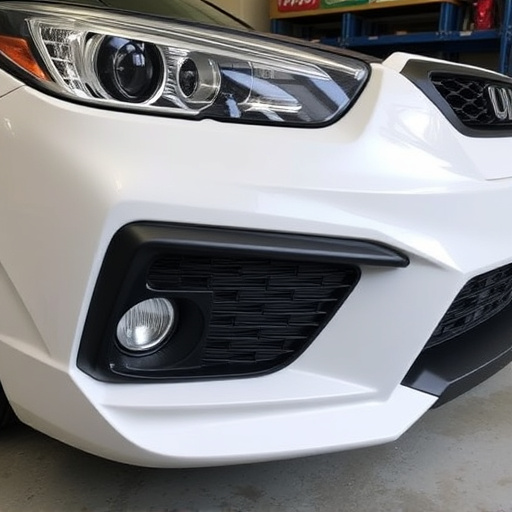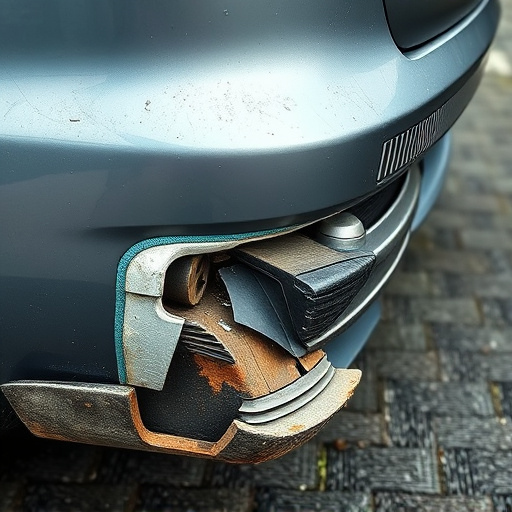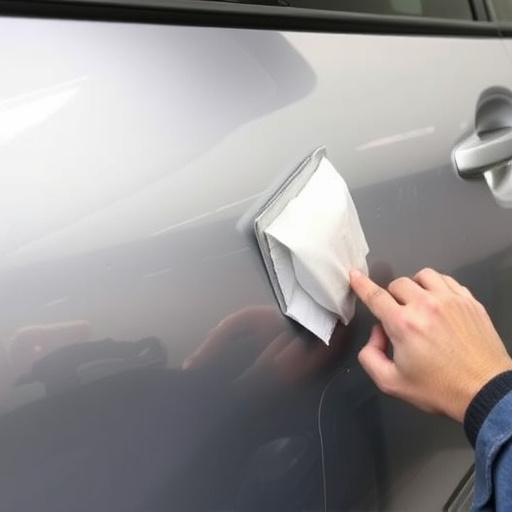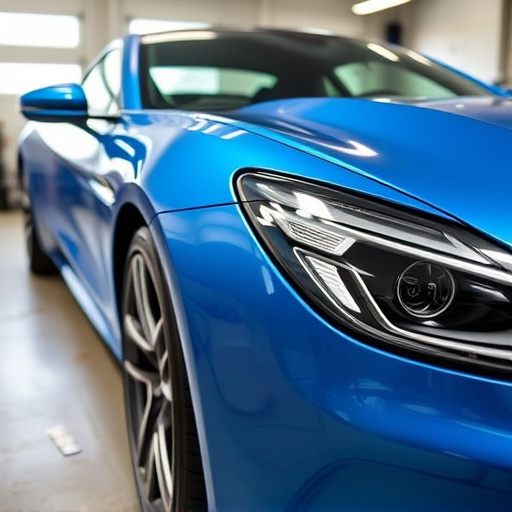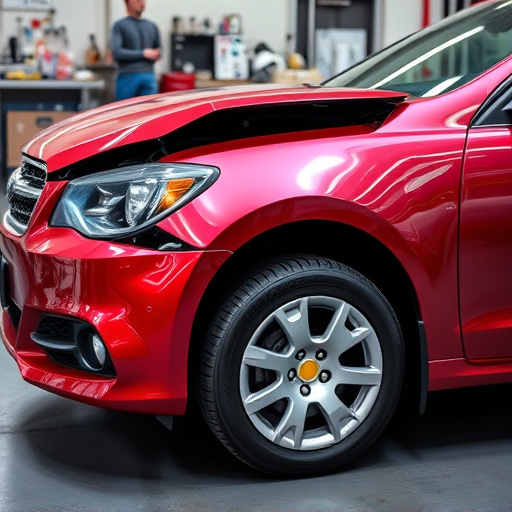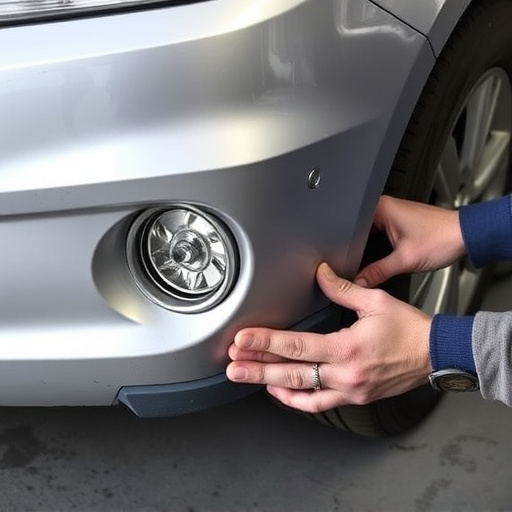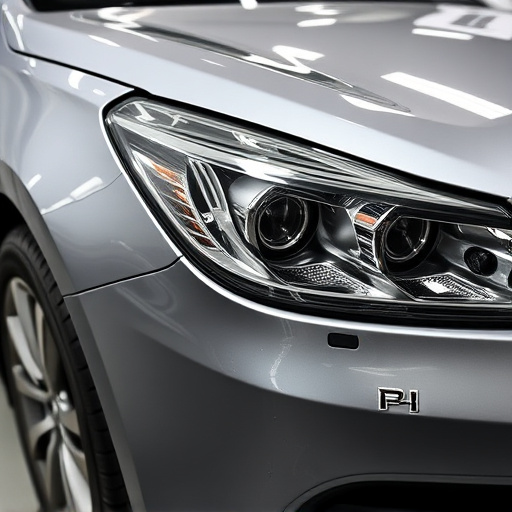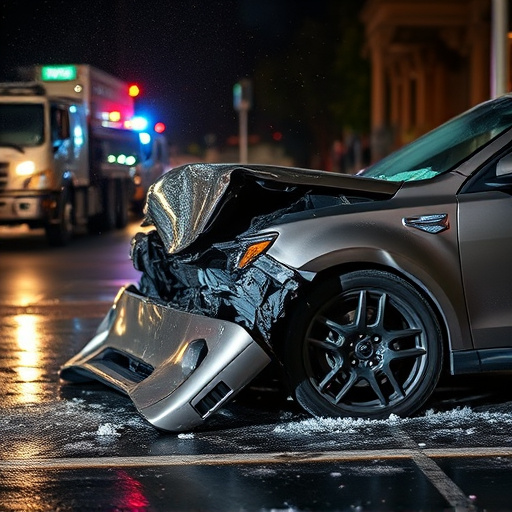Engine mounts, critical components connecting engines to vehicles, are vulnerable to damage from accidents and harsh driving conditions. Regular maintenance checks by collision repair experts are essential to identify wear and tear early, preventing costly repairs. After a crash, assessing engine mount collision damage is vital for both safety and performance using specialized tools and expertise. Understanding the potential range of damage and associated costs helps owners make informed decisions, with prompt repairs crucial to avoid future complications and ensure safe vehicle restoration.
After a vehicle experiences an impact, one often overlooked yet critical component to assess for damage is the engine mount. An engine mount collision can lead to costly repairs, affecting both safety and performance. This article delves into the world of engine mounts, exploring common causes of damage from accidents, the effects of collision impact, and providing a breakdown of associated repair costs. Understanding these factors empowers vehicle owners to make informed decisions following an engine mount collision.
- Understanding Engine Mounts and Common Causes of Damage
- Assessing Collision Impact on Engine Mounts
- Repair Costs and Considerations After an Engine Mount Collision
Understanding Engine Mounts and Common Causes of Damage
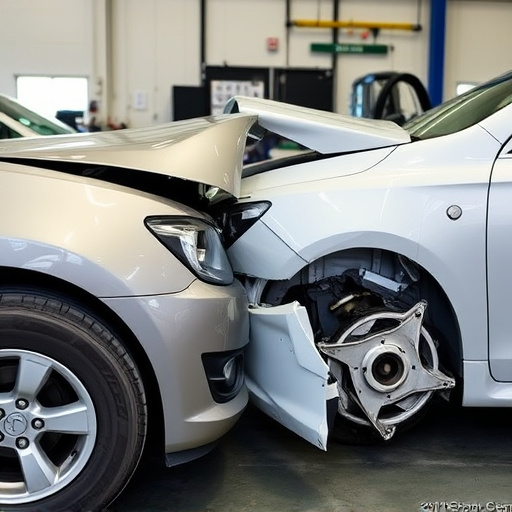
Engine mounts are crucial components that connect your engine to the chassis of a vehicle. They absorb and manage the vibrations produced by the engine, ensuring a smooth ride for passengers. However, these parts are often overlooked until they suffer damage, typically due to accidents or severe driving conditions. An engine mount collision can lead to significant structural issues within a vehicle, affecting both its performance and safety.
Common causes of engine mount damage include rear-end collisions, side impacts, or any event that subjects the mounts to extreme forces. Over time, continuous exposure to harsh driving conditions, such as rough roads or heavy loads, can also weaken them. Identifying signs of wear and tear early on is vital for preventing more severe and costly repairs. Vehicle collision repair experts emphasize the importance of regular maintenance checks to ensure these components remain in optimal condition, thus enhancing overall automotive repair efficiency and safety.
Assessing Collision Impact on Engine Mounts
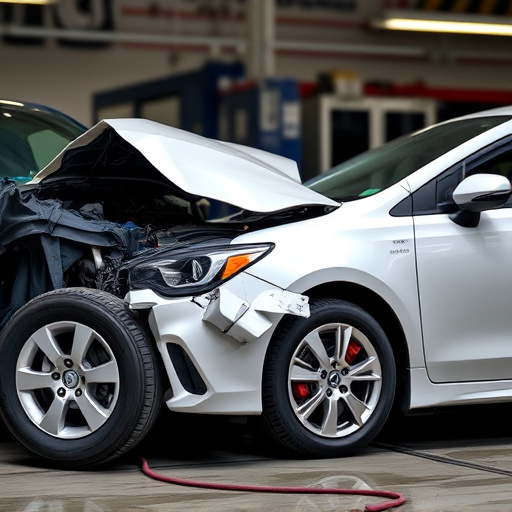
After a collision, assessing engine mount collision damage is crucial for proper vehicle safety and performance. The impact can cause various types of damage, from minor cracks to complete separation. Visually inspecting the mounts for signs of deformation, cracks, or oil leaks is the initial step. In many cases, especially with modern vehicles like Mercedes-Benz models, engine mounts are designed to absorb some energy during a collision, reducing the risk of more severe structural damage. However, this also means that even minor accidents can lead to hidden engine mount collision damage.
For accurate assessment, specialized tools and expertise are often required. Advanced diagnostic equipment can detect subtle changes in the mounting system’s integrity. Automotive restoration experts recommend having a professional inspection, especially for cars involved in serious collisions or those showing signs of unusual noises or vibrations post-impact. Prompt attention to engine mount collision damage is vital to prevent further complications and ensure safe, reliable car collision repair.
Repair Costs and Considerations After an Engine Mount Collision
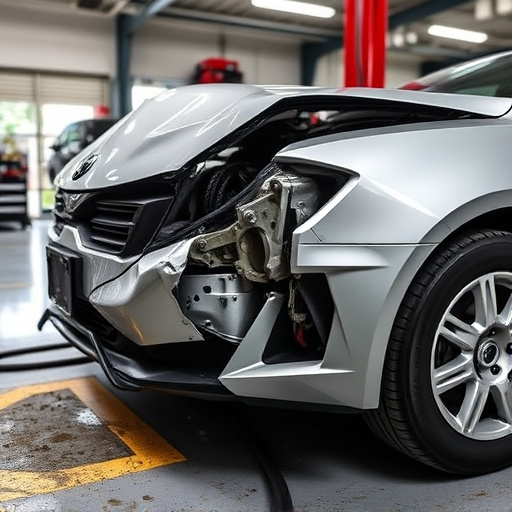
After a fender bender or engine mount collision, understanding the cost of repairs is crucial for any vehicle owner. The extent of damage can vary greatly, from minor dents and cracks to severe structural issues. In many cases, especially with luxury vehicle repair, assessing engine mount collision damage involves a detailed inspection. Mechanics will scrutinize the mounts, suspension, and other components for signs of wear or misalignment caused by the impact.
Repairs may range from replacing individual mounts at a relatively lower cost to extensive body shop services, including realignment, replacement of affected parts, and even engine recalibration. The complexity of the work directly impacts the final bill. It’s important to remember that prompt repair is essential not only for financial reasons but also to prevent further damage or safety hazards due to unstable engine mounts.
Engine mount collisions can be costly not just in terms of immediate repair expenses but also in potential long-term performance impacts. Understanding both the structural integrity of these components and the various costs involved is crucial for effective post-collision decision making. By assessing the extent of engine mount collision damage, drivers can make informed choices between repairs or replacement, ensuring their vehicles return to safe and efficient operation on the road.
